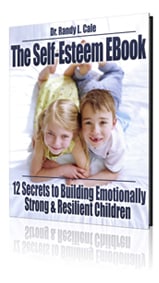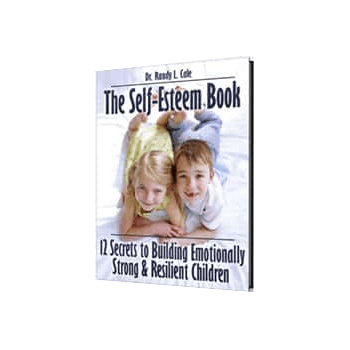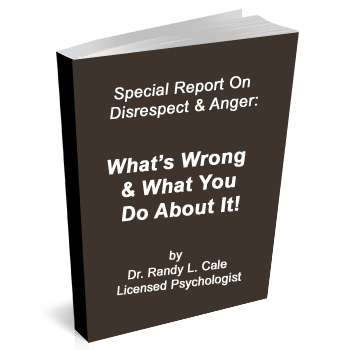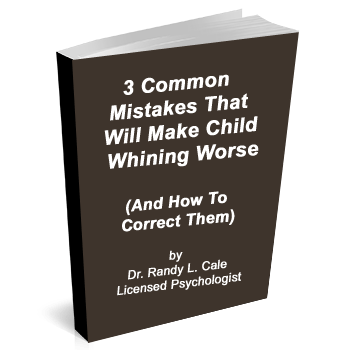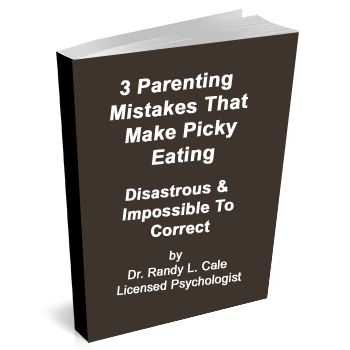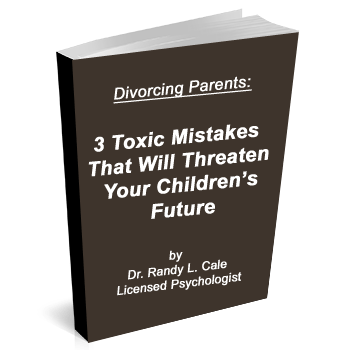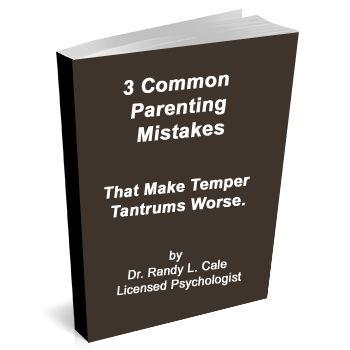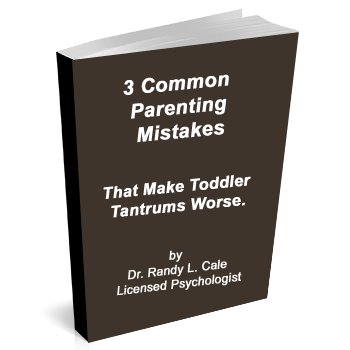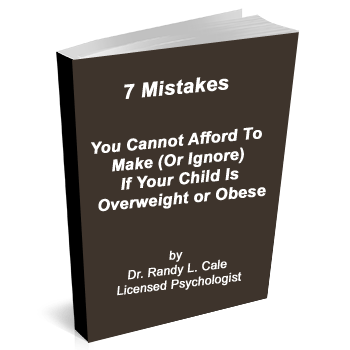In last week’s article, we discussed the importance of recognizing and mastering two domains of change, if we want to optimize our parenting effectiveness. First, there is the ‘Inside Game.’ This is about your personal psychology, and mastering your attitude, your energy, and your inner resources to be at your best every day. Then, there is the ‘Outside Game.’ This is the domain of your daily habits and the effectiveness of your action plan for life.
Last week, we covered the fundamentals of the inside game, with a focus on how acceptance of the moment (in front of you) frees you to have choice and flexibility. We need this in order to teach. Resistance to a moment of negative behavior usually locks us into a reaction that is habitual, ineffective and often upsetting. Nothing improves with reactive parenting.
Once we accept the moment that is in front of us, we are then free to choose the most effective path that will teach or guide our children. Today, we build on that by creating an action plan that best teaches.
The Outside Game: Why Limits Must Be Job One.
Life sets limits on all of us and learning to live happily and effectively within them is a skill we (hopefully) acquire through our childhood experiences. More importantly, perhaps, we learn about responsibility by negotiating our way through these ‘life limits’ while striving to do our best.
Our children need rules and limits; as this allows them to grow up in a world that reflects reality and then consequentially, prepares them for that reality. So, let’s jump into the practical stuff, so you can see how this works.
Using Limits to Teach Preparation for Life.
Critical Mistake 1: Too many rules. The more rules you have in your home, the more violations of the rules that will occur. The more violations, the more frequently you have to end up managing your children’s behavior.
This leads to constant intervention and decision-making about consequences. If you have a difficult or strong-willed child, this will mean you are frequently adding consequence upon consequence, and the environment begins to feel very punitive and negative.
Solution: Have just a few essential rules. Rather than dozens of rules, focus on the critical rules that will maintain structure and routine. If you understand how to manage behavior using the leverage you possess in your home, this is not too difficult to do. In fact, it is easier to manage your home, and to maintain order and sanity, with just a few decisive rules, than it is when you too many rules that you can’t keep up with.
Critical Mistake 2: Setting rules that parents don’t follow. This is one of the biggest mistakes we make. We establish guidelines for our children, yet we model something different. For example, our rule may be that there is no disrespectful talk in our home. But, when our children aren’t listening, we’re willing to compromise that rule for ourselves and we scream and yell at them. We may not think of this as disrespect, but if we had a video camera sitting on our child’s forehead and we played it back for the world to see….I suspect that it would appear quite disrespectful.
We tell the children to put down their cell phone, but they see us looking at the phone constantly. Perhaps they are getting pudgy, so we limit their snacks. Yet, they see us gaining weight and failing to exercise, while we eat chips and ice cream during the ball games. We can all pretend these little things don’t matter. But they do.
Solution: Walk your talk. If we set a rule, then we must be willing to follow it ourselves. We must model what we seek from our children. If you expect the kids to remain calm in the face of disappointment, then we must model this for them. If we expect their attention during dinner, rather than having their face in their phone, we must model this as well.
The goal is simple: Be the example for your children of how you want them to be.
Critical Mistake 3: Setting fantasy rules that have no chance of success. This usually happens when rules are set, but no consequence is tied to the rule. This is critical to understand. I will often have parents bring in a list of rules, that they have forced to child or teen to sign as an agreement. Honestly, these are usually worthless.
Why? Because the rules say things like, ‘You will be respectful to your parents.’ There is no consequence tied to the problem behavior, and this is not reality.
Solution: Have reality-based rules.
- “You can’t eat unless you wash your hands.” Good rule. This is supportive of health.
- “I’ll take your toy away if you throw it inside the house.” Good rule. It preserves what we care about.
- “You will repair it, or replace it, if you have a tantrum and break it.” Good rule. Again, it parallels what happens in the real world.
Notice each rule is tied to an immediate, relevant consequence. This reflects reality, teaches most effectively and prepares children for the real world.
Remember: This is about an ‘Outside Game’ plan, a daily action plan of reality-based rules that is simple for you to enforce. Minimize the number of rules. Walk your talk, and keep focused on the action that enforces the rule. Next week, we will cover part three of this article and further explain how to make sure your daily habits align with an effective ’Outside Game’ of parenting.






